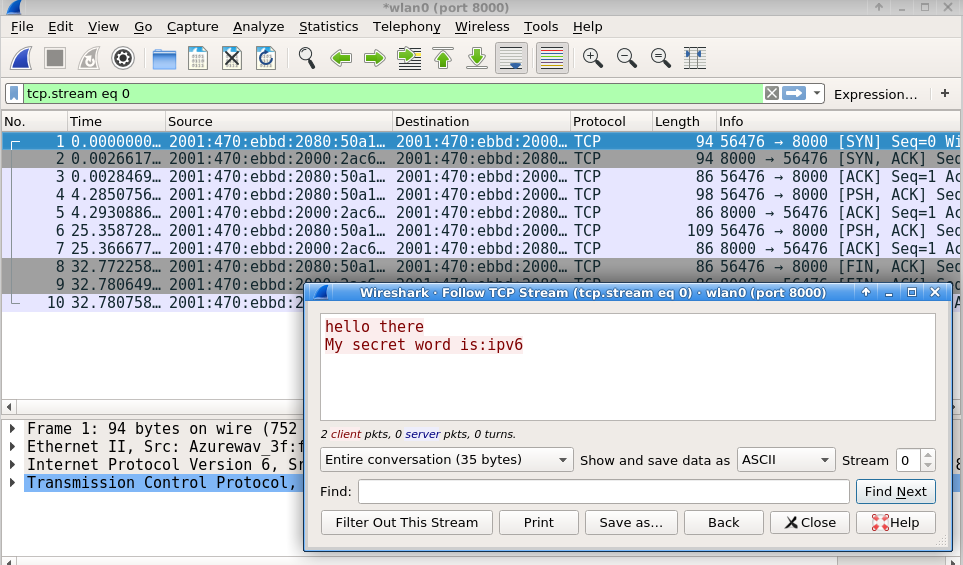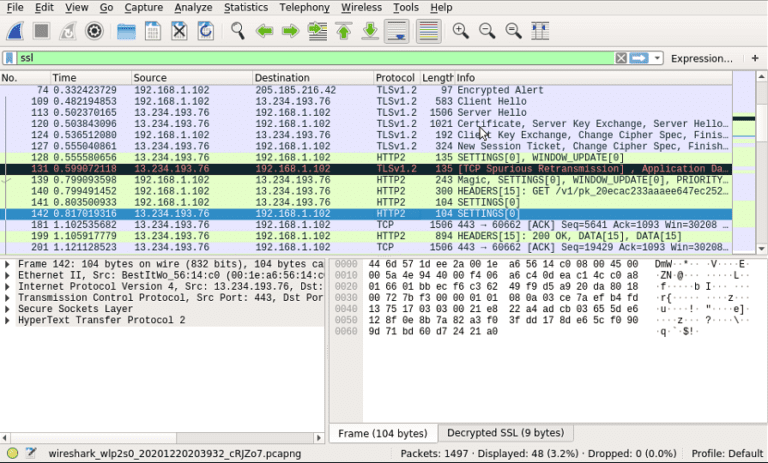

How to set the timezone for the Java environment.User Management Troubleshooting and How-To Guides.Test disk access speed for a Java application.Single Sign-on Integration with Atlassian products.Purchased Add-ons feature is unavailable.Cross Site Request Forgery (CSRF) protection changes in Atlassian REST.How to capture HTTP traffic using Wireshark, Fiddler, or tcpdump.Best practices for performance troubleshooting tools.Database Troubleshooting and How-to Guides.Application Links Troubleshooting Guide.For both HTTP and HTTPS you'd be looking at ip.addr = 10.0.0.1 & (tcp.port = 80 || tcp.port = 443).

If you wanted that to include HTTPS traffic (TCP port 443) you could modify it to read host 10.0.0.1 and tcp and (port 80 or port 443).įor a display filter to do the same thing w/ HTTP only you'd be looking at ip.addr = 10.0.0.1 & tcp.port = 80. To capture only HTTP traffic to/from the host 10.0.0.1, for example, you could use the capture filter host 10.0.0.1 and tcp and port 80. Wireshark capture filters use tcpdump filter syntax, so an article about tcpdump filters will help you out. If you're going to be doing a long-term capture and you want to limit the size of your capture files you'll probably want to use a capture filter. You can learn more about Wireshark display filters from the Wireshark wiki. Display filters are used to filter out traffic from display but aren't used to filter out traffic during capture. The syntax you're showing there is a Wireshark display filter. You need to differentiate between capture filters and display filters.


 0 kommentar(er)
0 kommentar(er)
